- Clone
- MQ155 (See other available formats)
- Regulatory Status
- RUO
- Other Names
- Mucin-17, MUC3, MUC-3
- Isotype
- Mouse IgG1, κ
- Ave. Rating
- Submit a Review
- Product Citations
- publications
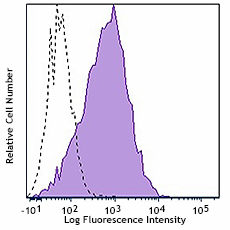
-

Human pancreatic cancer cell line (AsPC-1) stained with purified MUC-17 (Clone MQ155, filled histogram) or purified mouse IgG1, κ isotype control (open histogram), followed by anti-mouse IgG1, κ PE secondary antibody.
It is a 451 KD glycocylated member of the mucin family with 2 EGF like domains on the C-terminus and serine/tyrosine phosphorylation sites on the cytoplasmic domain. It is expressed by epithelial cells and plays a role in cytoprotection, signal transduction. Expression of this molecule can also render tumor cells to become less adhesive. It interacts with PKDZ1 and increased expression of this molecule has been reported in colon cancer.
Product DetailsProduct Details
- Verified Reactivity
- Human
- Antibody Type
- Monoclonal
- Host Species
- Mouse
- Immunogen
- Purified recombinant Muc17 protein, Freund’s Complete Adjuvant
- Formulation
- Phosphate-buffered solution, pH 7.2, containing 0.09% sodium azide.
- Preparation
- The antibody was purified by affinity chromatography.
- Concentration
- 0.5 mg/ml
- Storage & Handling
- The antibody solution should be stored undiluted between 2°C and 8°C.
- Application
-
FC - Quality tested
- Recommended Usage
-
Each lot of this antibody is quality control tested by immunofluorescent staining with flow cytometric analysis. For flow cytometric staining, the suggested use of this reagent is ≤ 2.0 µg per million cells in 100 µl volume. It is recommended that the reagent be titrated for optimal performance for each application.
- RRID
-
AB_2783313 (BioLegend Cat. No. 395302)
Antigen Details
- Structure
- 451 KD N-glycosylate single pass membrane protein
- Distribution
-
Gastrointestinal tract
- Function
- Cytoprotection, extravasation, signal transduction
- Interaction
- PDZK1
- Biology Area
- Cancer Biomarkers, Cell Biology, Cell Motility/Cytoskeleton/Structure, Immunology, Innate Immunity
- Antigen References
-
- Malmberg EK, et al. 2008. Biochem J. 410:283.
- Gum JR Jr, et al. 2002. Biochem Biophys Res Commun. 291:466.
- Hirono S, et al. 2010. Cancer Sci. 101:259.
- Gene ID
- 140453 View all products for this Gene ID
- UniProt
- View information about MUC-17 on UniProt.org
Related Pages & Pathways
Pages
Related FAQs
Other Formats
View All MUC-17 Reagents Request Custom Conjugation| Description | Clone | Applications |
|---|---|---|
| Purified anti-human MUC-17 | MQ155 | FC |
| PE anti-human MUC-17 | MQ155 | FC |
| APC anti-human MUC-17 | MQ155 | FC |
| Alexa Fluor® 647 anti-human MUC-17 | MQ155 | FC |
Customers Also Purchased
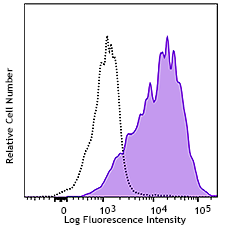
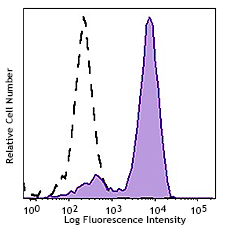
Compare Data Across All Formats
This data display is provided for general comparisons between formats.
Your actual data may vary due to variations in samples, target cells, instruments and their settings, staining conditions, and other factors.
If you need assistance with selecting the best format contact our expert technical support team.
-
Purified anti-human MUC-17
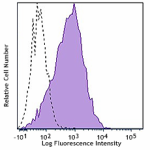
Human pancreatic cancer cell line (AsPC-1) stained with puri... -
PE anti-human MUC-17
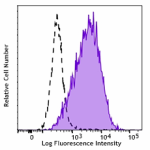
Human pancreatic cancer cell line (AsPC-1) stained with PE M... -
APC anti-human MUC-17
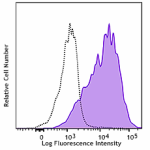
Human pancreatic cancer cell line (AsPC-1) was stained with ... -
Alexa Fluor® 647 anti-human MUC-17

Human pancreatic cancer cell line (AsPC-1) was stained with ...




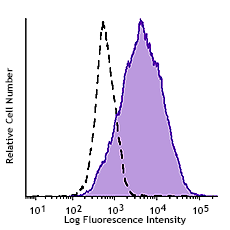
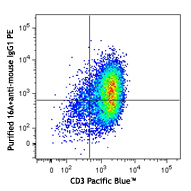



Follow Us